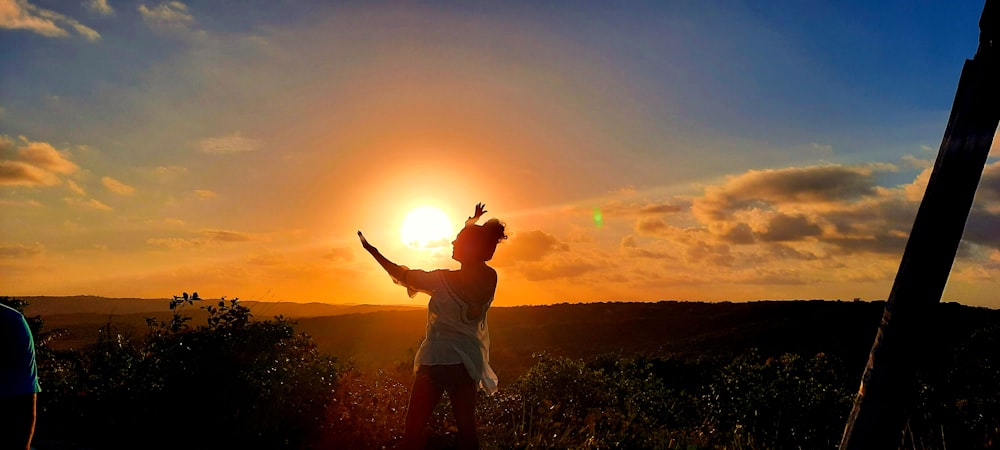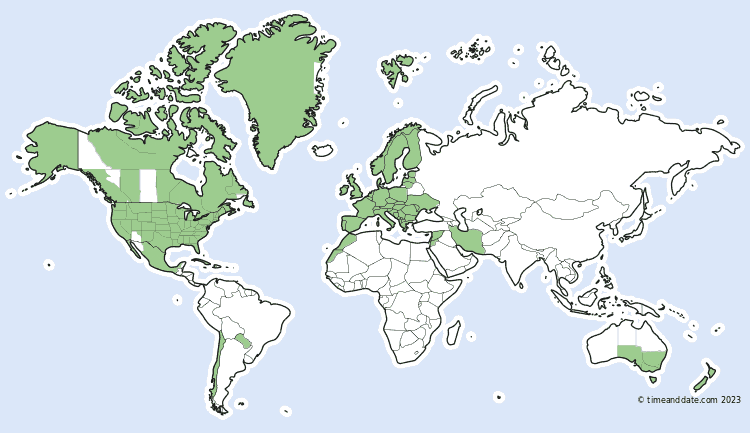Oregon’s U.S. Senator Ron Wyden Reintroduced Legislation That Would Make Daylight Saving Time Permanent Across The Country.

The bipartisan legislation, if enacted, would apply to states that currently participate in DST, which Oregon and most states observe for eight months out of the year.
Standard Time, from November to March, is only observed for four months out of the year.
The bill would simply negate the need for Americans to change their clocks twice a year, and could have benefits for nation’s health and economy. Officials say there are dozens of potential national effects of making Daylight Saving Time permanent that would make a positive impact.
“The Sunshine Protection Act takes a common-sense step to provide some much-needed stability for families in Oregon and across the nation,” Wyden said. “Springing forward and falling back year after year only creates unnecessary confusion while harming Americans’ health and our economy. Making Daylight Saving permanent would give folks an hour back of sunshine during the winter months when we need it most.”
The bipartisan legislation, if enacted, would apply to states that currently participate in DST, which Oregon and most states observe for eight months out of the year.
Standard Time, from November to March, is only observed for four months out of the year. The bill would simply negate the need for Americans to change their clocks twice a year, and could have benefits for nation’s health and economy.
Officials say potential national effects of making Daylight Saving Time permanent:
• Reduces car crashes and car accidents involving pedestrians: better aligning daylight hours to drivers’ standard work hours’ increases visibility, according to the American Journal of Public Health and the Journal of Safety Research. Also reduces the number of vehicle collisions with wildlife by 8 – 11 percent by shifting normal traffic patterns to an hour off from nocturnal wildlife’s behavior.
• Reduces risk for cardiac issues, stroke and seasonal depression.
• Reduces the number of robberies by 27 percent, according to a 2015 Brookings Institution because of additional daylight in the evenings.
• Benefits the economy, according to a study by JP Morgan Chase, which found that there is a drop in economic activity of 2.2 percent – 4.9 percent when clocks move back.
• Reduces childhood obesity and increases physical fitness, according to studies published by the International Journal Behavioral Nutrition and Physical Activity and the Journal of Physical Activity and Health, children see an increase in physical activity during DST. The Journal of Environmental Psychology found that DST increased pedestrian activity by 62% and cyclists activity by 38% because of additional daylight.
• Benefits the agricultural economy, which is disproportionately disrupted by biannual changes in time by upsetting the synergy between farmers’ schedules and their supply chain partners.
• Reduces energy usage, a 2008 study by the U.S. Department of Energy found that during the 4 weeks the U.S. extended daylight savings from the 2005 law, there were savings of about 0.5 percent in electricity per day. Later studies have also shown that the energy savings are minimal but a small savings does occur.
What Is Daylight Saving Time?
Daylight Saving Time (DST) is used to save energy and make better use of daylight. It was first used in 1908 in Thunder Bay, Canada.

DST is a seasonal time change measure where clocks are set ahead of standard time during part of the year, usually by one hour. As DST starts, the Sun rises and sets later, on the clock, than the day before.
Today, about 40% of countries worldwide use it to make better use of daylight and to conserve energy.
First Used in Canada in 1908
While Germany and Austria were the first countries to use DST in 1916, it is a little-known fact that a few hundred Canadians beat the German Empire by eight years. On July 1, 1908, the residents of Port Arthur, Ontario, today’s Thunder Bay, turned their clocks forward by one hour to start the world’s first DST period.
Other locations in Canada soon followed suit. On April 23, 1914, Regina in Saskatchewan implemented DST. The cities of Winnipeg and Brandon in Manitoba did so on April 24, 1916. According to the April 3, 1916, edition of the Manitoba Free Press, Daylight Saving Time in Regina “proved so popular that by law now brings it into effect automatically.”
Germany Popularized DST
However, the idea did not catch on globally until Germany introduced DST in 1916. Clocks in the German Empire, and its ally Austria, were turned ahead by one hour on April 30, 1916—2 years into World War I. The rationale was to minimize the use of artificial lighting to save fuel for the war effort.
Within a few weeks, the idea was followed by the United Kingdom, France, and many other countries. Most of them reverted to standard time after World War I, and it wasn’t until the next World War that DST made its return in most of Europe.
Who Invented DST?
If you think Daylight Saving Time is a good idea, thank New Zealand scientist George Vernon Hudson and British builder William Willett. In 1895, Hudson presented a paper to the Wellington Philosophical Society, proposing a 2-hour shift forward in October and a 2-hour shift back in March. There was interest in the idea, but it was never followed through.
In 1905, independently from Hudson, British builder William Willett suggested setting the clocks ahead 20 minutes on each of the four Sundays in April, and switching them back by the same amount on each of the four Sundays in September, a total of eight time switches per year.
First Daylight Saving Bill
Willett’s Daylight Saving plan caught the attention of the British Member of Parliament Robert Pearce who introduced a bill to the House of Commons in February 1908. The first Daylight Saving Bill was drafted in 1909, presented to Parliament several times and examined by a select committee. However, the idea was opposed by many, especially farmers, so the bill was never made into a law.
Willett died in 1915, the year before the United Kingdom started using DST in May 1916. It is not known if he was aware that his idea had become a reality seven years prior to his death in a small town in Ontario.
Benjamin Franklin, the Father of DST?
Many sources also credit Benjamin Franklin with being the first to suggest seasonal time change. However, the idea voiced by the American inventor and politician in 1784 can hardly be described as fundamental for the development of modern DST. After all, it did not even involve turning the clocks. In a letter to the editor of the Journal of Paris, which was entitled “An Economical Project for Diminishing the Cost of Light”, Franklin simply suggested that Parisians could economize candle usage by getting people out of bed earlier in the morning. What’s more: Franklin meant it as a joke.

An Ancient Idea
Although modern DST has only been used for about 100 years, ancient civilizations are known to have engaged in comparable practices thousands of years ago. For example, the Roman water clocks used different scales for different months of the year to adjust the daily schedules to the solar time.
Daylight Saving Today
Daylight Saving Time is now used in over 70 countries worldwide and affects over one billion people every year. The beginning and end dates vary from one country to another.



